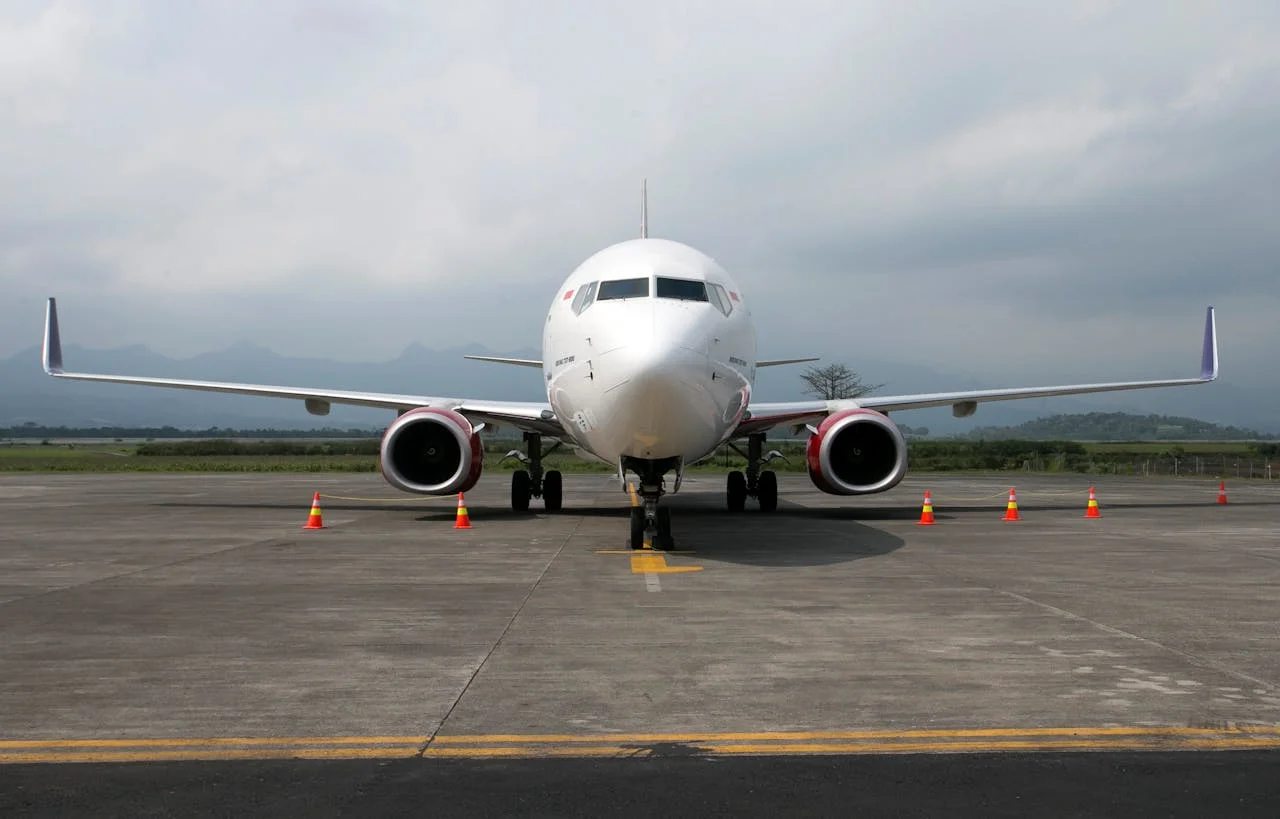
In June 2022, Hokkaido University (located in Sapporo, Hokkaido, and led by President Kiyohiro Houkin) partnered with Japan Airlines Co., Ltd. (headquartered in Shinagawa, Tokyo, under the leadership of President Mitsuko Tottori, “JAL”) to address various social issues in Hokkaido and work towards building a sustainable society. A significant initiative under this collaboration is the world’s first regular-flight-based red tide monitoring program, set to launch in the summer of 2025. This program will be facilitated by Hokkaido Air System Co., Ltd. (HAC), a regional airline headquartered in Sapporo, Hokkaido, and led by President Eiji Takemura.
To support this effort, HAC will install an external camera on one of its aircraft to capture images during flights. These images will help in the early detection of red tides, enabling swift communication with fisheries stakeholders to mitigate potential impacts on both the marine environment and the fishing industry. Additionally, this system may evolve to support broader environmental monitoring, including the health of forests and oceans.
Background on Red Tide and the Need for Monitoring
Red tide occurs when marine phytoplankton proliferates, causing seawater to turn reddish-brown. This phenomenon can lead to mass fish mortality and significant damage to the fishing industry. As red tides have become more common due to global warming, Hokkaido alone experienced damages exceeding 9.7 billion yen in 2021. Therefore, regular and systematic monitoring is essential to manage and prevent such impacts.
By utilizing the consistent flight routes of commercial flights, regular flight-based monitoring offers a reliable approach for high-frequency observations across a broad area.
Overview of the Red Tide Monitoring System
An HAC ATR42-600 aircraft (registration number: JA13HC) will be outfitted with a multispectral camera (*2) mounted on the lower rear fuselage. This camera, capable of capturing multiple wavelength bands, will monitor routes including Sapporo (Okadama) – Hakodate, Hakodate – Okushiri, and Sapporo (Okadama) – Rishiri, with an initial focus on Hakodate Bay.
Captured images will be sent to Hokkaido University, where Professor Akihide Kasai from the Faculty of Fisheries Sciences will employ a red tide detection method to visualize red tide distribution (*3). By refining detection accuracy and establishing communication methods for fisheries stakeholders, Hokkaido University and JAL are committed to ongoing initiatives that address regional issues and foster sustainable development in Hokkaido.

